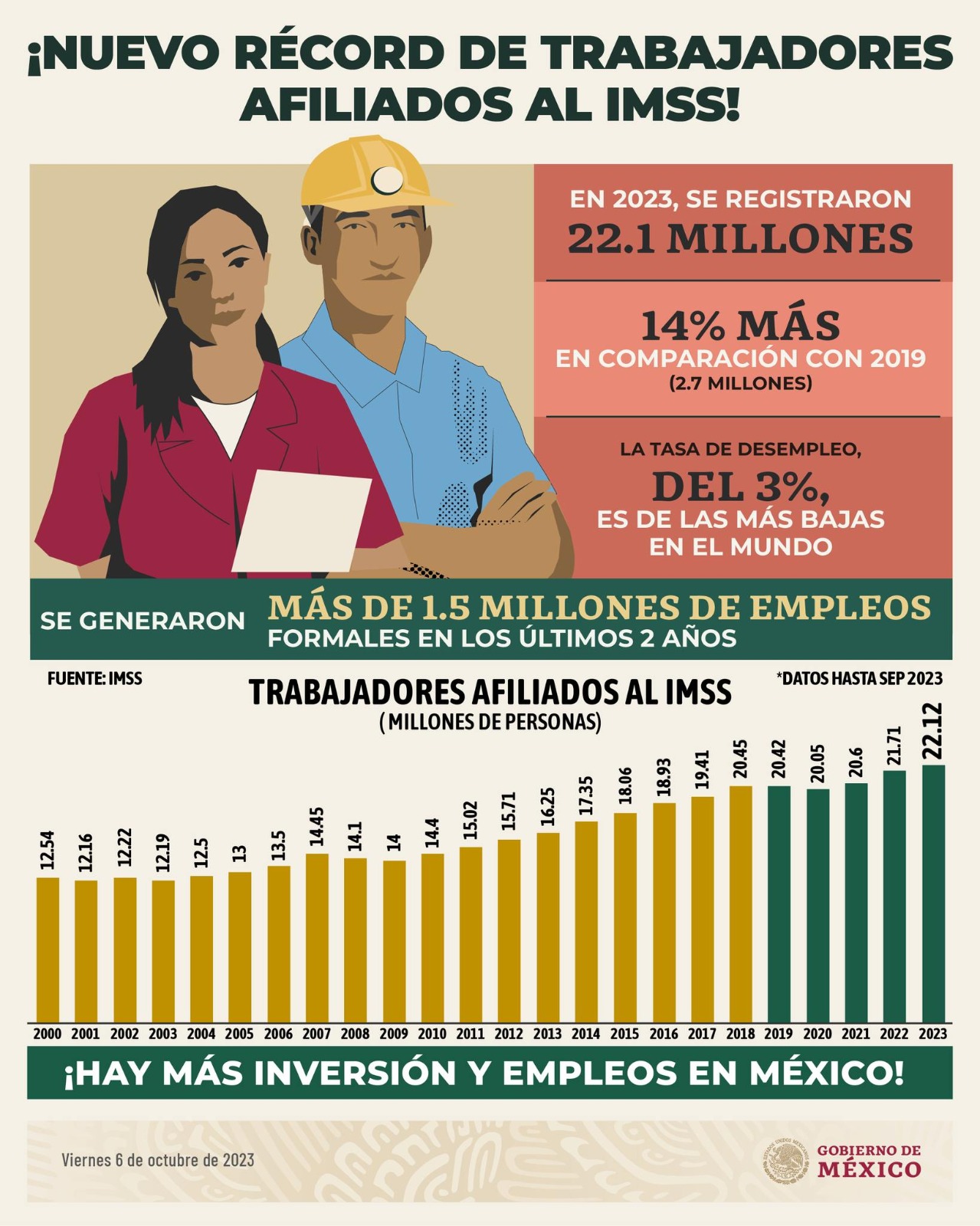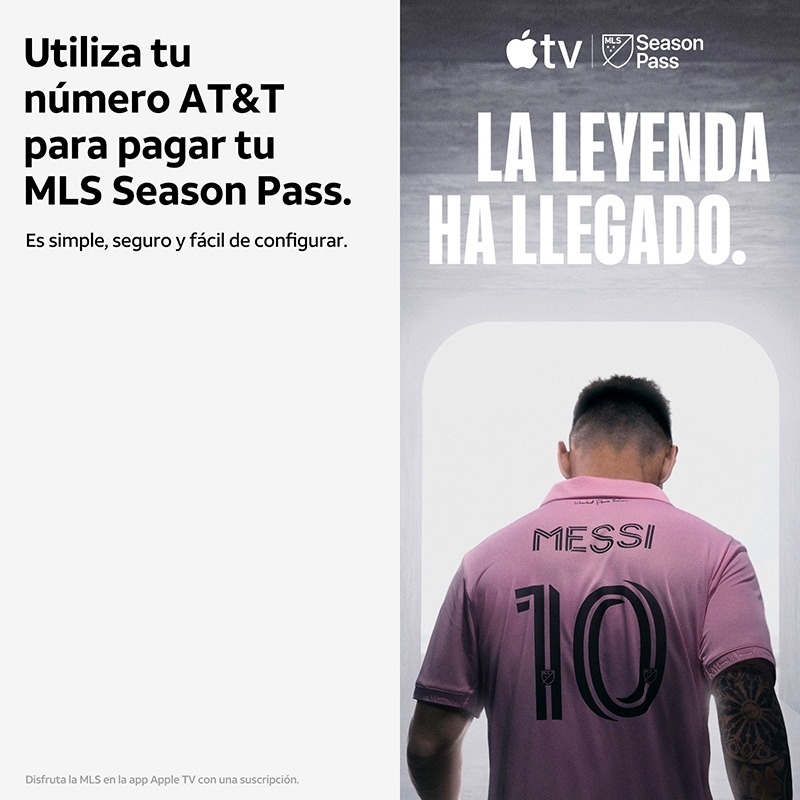
When Bloomberg reported that Spotify would be upping the cost of its premium subscription from $9.99 to $10.99, and including 15 hours of audiobooks per month in the U.S., the change sounded like a win for songwriters and publishers. Higher subscription prices typically equate to a bump in U.S. mechanical royalties — but not this time.
By adding audiobooks into Spotify’s premium tier, the streaming service now claims it qualifies to pay a discounted “bundle” rate to songwriters for premium streams, given Spotify now has to pay licensing for both books and music from the same price tag — which will only be a dollar higher than when music was the only premium offering. Additionally, Spotify will reclassify its duo and family subscription plans as bundles as well.
To determine how great this loss in royalty value would be for the music business, Billboard calculated that songwriters and publishers will earn an estimated $150 million less in U.S. mechanical royalties from premium, duo and family plans for the first 12 months that this is in effect, compared to what they would have earned if these three subscriptions were never bundled. Notably, this change will not impact Spotify’s premium, duo or family pay outs for the first two months of 2024. Bundling kicks in starting in March, so this number refers to losses for the first 12 months after premium, family and duo is qualified as a bundle, not the calendar year of 2024.
Trending on Billboard
Billboard’s figure was calculated by determining how Spotify’s service revenue, payments to labels, performance royalty rates, and other factors that impact mechanical income are expected to rise each month throughout 2024. These 2024 projections are based on actual numbers pulled from the Mechanical Licensing Collective’s Spotify rate sheets for 2023. For premium specifically, the streamer will pay an estimated $100 million less in the first 12 months bundling is in effect, in comparison to what Spotify was projected to pay in the next 12 months had it never been reclassified.
To be more conservative with the premium-only estimate, if the lost royalty value was calculated purely based on actual 2023 numbers from the MLC, the losses would be around $80 million for the first 12 months, but given all of Spotify’s music service revenue grew by an average of 1.1% every month in 2023, according to Billboard’s calculations, $80 million is almost certainly a low-ball. (A representative for Spotify declined Billboard’s request for comment).
As Spotify grows, the chasm between what payments would have been to songwriters and publishers if premium was counted as a regular standalone service versus what it will be paid now as a bundle with books is expected to grow each year. According to Spotify’s latest earnings call, the company is growing steadily, up 14% year-over-year for premium subscribers and 20% year-over-year for premium revenue globally.
The lost royalty value for songwriters and publishers could become even larger if Spotify ups the cost of premium to $11.99, which a source close to the matter thinks is possible. It is also possible that this loss could be lessened by how many users change their subscription from premium, duo and family to Spotify’s forthcoming music-only tier, which will pay out in the way that premium did before it was bundled, but this is unlikely to make a significant impact in the estimate of first year losses, considering the tier has yet to be launched and users are automatically renewed on their current plans, even after bundling.
Given there are some unknowns still present, estimates range for lost mechanical royalty value for the first year. One source close to the matter agrees with Billboard’s estimate, also independently calculating that the lost royalty value will total at $150 million in U.S. mechanical royalties for premium, duo and family. Another source calculated somewhere between $140-150 million. A third source says their personal estimate totaled at around $120-130 million at minimum.
This change only impacts the United States, but there are fears that Spotify’s reclassification will have a domino effect worldwide, given other major markets like Australia, Canada, Ireland, U.K. and New Zealand also have audiobooks now included in Spotify premium. Roberto Neri, CEO of the U.K.-based songwriting organization The Ivors Academy told Billboard that “if Spotify gets away with this in the U.S., they will no doubt use it in their future negotiations with European, [Asian-Pacific] and other territories,” and that “what happens in one territory can impact others.”
The National Music Publishers’ Association, which represents U.S. music publishers, said that it would be “looking at all options” to fight back against Spotify’s changes to premium when it was first announced in March, and now that the fight between TikTok and UMG has concluded, it has turned its “full attention” to this issue.
“It appears Spotify has returned to attacking the very songwriters who make its business possible,” said David Israelite, the NMPA’s president and CEO, when the change to premium was first announced. “Spotify’s attempt to radically reduce songwriter payments by reclassifying their music service as an audiobook bundle is a cynical, and potentially unlawful, move that ends our period of relative peace. We will not stand for their perversion of the settlement we agreed upon in 2022.”
Phonorecords IV Settlement
So, how did we get here? It all goes back to the Copyright Royalty Board (CRB), the slate of judges that set the rates for U.S. streaming mechanicals, based on weighing the business interests of publishers, songwriters and services. Unlike the sound recording side of the music business, which decides on their streaming rates based on private, free market negotiations, the publishing mechanicals are highly regulated in the U.S.
Every five years, the NMPA, Nashville Songwriters Association International (NSAI) and members of the Digital Media Association (DiMA), such as Spotify and Apple Music, come together to discuss the rates for the next five-year period; and if no agreement can be reached, then the CRB judges make a determination after a rate trial. In 2022, the three organizations convened about the period of 2023-2027, called “Phonorecords IV” or “Phono IV,” and decided, in an effort to save time and money, to come to a voluntary settlement to present to the CRB judges.
Even though the Phono IV settlement included changes to the way bundling worked (which was considered a concession to streaming services), many in the music business called the settlement as an overall win, especially because the previous five-year rate (Phono III) was fought over for about five years, causing confusion over rates in the interim. When it was announced, the NMPA touted the Phono IV settlement as delivering the “highest rates in the history of digital streaming,” because of its win for a larger headline rate, and many felt it signaled a new era of cooperation between streaming services and the music business. Israelite says now in his statement that Spotify’s latest move to bundle audiobooks “ends our period of relative peace.”
How Bundling Affects Mechanical Revenue
Even though the price of Spotify premium is rising, that additional revenue does not benefit songwriters and publishers. Now that premium is considered a bundled service with audiobooks, some of the subscription price is owed to book publishers and authors to license their works, too.
Mechanical revenue for bundles is calculated by seeing what audiobooks are valued at as a standalone offering ($9.99) and weighing that against the price of the premium bundle offering ($10.99), according to Phono IV. The value of music is found by dividing the total premium price ($10.99) by the two services (audiobooks only and premium) together ($21), which results in music being valued at about 52% of the total bundle, or around $5.70 per subscriber.
How Bundling Affects the Total Content Cost
The first step in calculating the mechanical royalty rate a streaming service owes to songwriters and publishers is to find the “all-in pool.” Streaming generates two forms of royalties for music publishing — performance and mechanical — so this “all-in pool” includes both types. (Performance royalties are determined by a separate, but also U.S. government regulated, process).
The all-in pool is the greater of either the headline rate (which ranges from 15.1% for 2023, 15.2% for 2024, 15.25% for 2025, 15.3% for 2026, and 15.35% for 2027) of Spotify’s music revenue (which is now lowered to around $5.70 per subscriber because of bundling) or the percentage of total content cost (TCC), a.k.a. what royalty Spotify pays to labels.
Previously, Spotify premium qualified for the full rate of the lesser of 26.2% of TCC for the period (or $1.10 per subscriber). Now, after deciding to change its premium offering to include audiobooks, Spotify argues it qualifies as a “bundled subscription offering,” which moves its rate down to 24.5% of TCC for the accounting period.
Regardless of whether the CRB mechanical formula determines all-in royalty pool based on the percentage of TCC or the headline rate, both options are negatively affected by Spotify reclassifying premium as a bundle. According to Billboard’s calculations, every month of 2023 used the headline rate of music revenue as the all-in pool for premium, but after bundling, the next 12 months will use the percentage of TCC as this pool.
After that, the final mechanical royalty pool is determined by subtracting out the performance monies from the all-in pool. This number is weighed against a calculated royalty floor. Whichever is the larger number is the final amount owed to publishers and songwriters for U.S. mechanical royalties.




